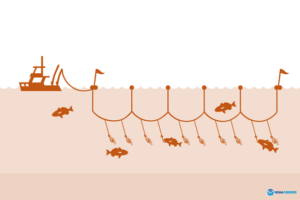Limit Mainline Length
WHAT IS LIMITING MAINLINE LENGTH?
Mainlines are the primary line extending from the vessel in hook and line fisheries, from which baited branchlines extend vertically into the water column. While the mainline itself does not contain hooks, the branchlines pose a threat to many non-target wildlife species including elasmobranchs, turtles, and cetaceans. Limiting the length of the mainline can therefore reduce the temporal distribution of baited hooks which, by extension, potentially minimising the risk of bycatch.

Source: NOAA Fisheries
CURRENT RESEARCH
Explicit research into the impact of limiting the length of mainlines has not been conducted, however, research has found that longer mainlines (over 20 nautical miles) increase bycatch risk to pilot whales. A review of mitigation measures introduced to fisheries in the USA found that placing a limit of 20 nautical miles on mainlines in conjunction with other measures helped to reduce pilot whale and Risso’s dolphin bycatch, but that additional measures would be needed to achieve near-zero bycatch. An alternative measure to a limit on mainline length would be to require some of the mainline to be hookless.
The adaptability of longline gear, particularly pelagic longline gear, means that reducing mainline length could present a relatively simple, cost-effective way to reduce bycatch. However, this should be done in conjunction with other mitigation measures.
This page was last updated on 20.12.22.
Interested in how this and other measures could mitigate bycatch in your fishery? Get in touch with us to collaborate or take part in a study.

